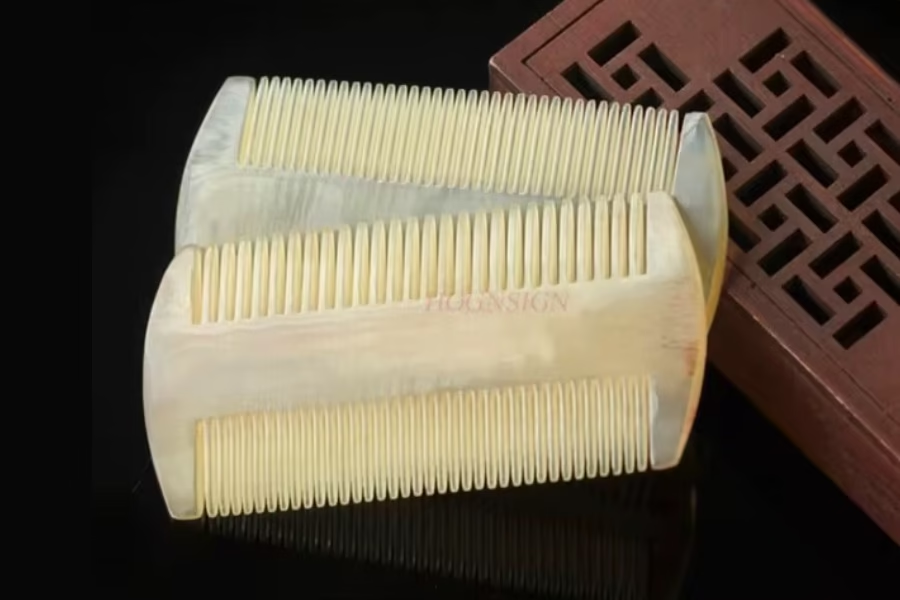Hidden in Fez’s old souks, a centuries-old craft transforms discarded horns into timeless treasures.
Fez – Tucked away in the labyrinthine alleys of Fez, an ancient craft is quietly resisting the march of time.
The art of making horn combs, once a staple of Moroccan daily life, now teeters on the edge of extinction, overshadowed by the rise of mass-produced plastic alternatives.
Yet, within the historic alleys of Fez this centuries-old tradition refuses to fade into oblivion.
The process of making a horn comb is pure alchemy, turning what many would consider waste into objects of beauty and function.
It all begins with raw bullhorns, which must be carefully heated over an open flame.
This crucial step softens the material, making it pliable enough to be pressed into flat sheets using a heavy-duty press.
From there, artisans carve, sculpt, and meticulously file the material into combs of various sizes, their teeth shaped with striking precision using a fine-toothed saw.
But the real artistry lies in the finishing touches. Each comb undergoes a detailed polishing process, smoothed with a razor-sharp blade to achieve a silky, natural sheen.
The result? A durable, chemical-free alternative to plastic combs, one that glides through hair effortlessly, reducing static and breakage.
Read also: The Fassi Nataa Caftan: A Timeless Moroccan Treasure
Once upon a time, horn combs were an everyday essential, valued for their durability and craftsmanship.
Workshops used to buzz with activity, supplying locals and traders alike.
Today, however, the market tells a different story. With the dominance of cheap plastic imports, the demand for handmade combs has dwindled, leaving only a handful of artisans still practicing the craft.
Strangely enough, it’s not locals but rather foreign visitors who keep this trade alive.
Tourists often marvel at the uniqueness of these combs, drawn to their organic appeal and historical significance.
Some even buy them on the advice of dermatologists, who recommend horn combs for their natural composition, free from synthetic materials that can irritate the scalp.
Priced between 50 MAD ($5) and 100 MAD ($10), these handcrafted treasures are more than just tools, they’re relics of a disappearing world.
The decline of horn comb-making mirrors a larger crisis: the slow erosion of traditional Moroccan crafts.
Some heritage trades are on the brink of extinction, with only few formally documented.
While efforts have begun to record and preserve these crafts, the question remains: will documentation be enough?
For now, the rhythmic scraping of blade against horn continues, echoing through the narrow streets of Fez.
These combs carry the spirit of a craft that refuses to be forgotten.















